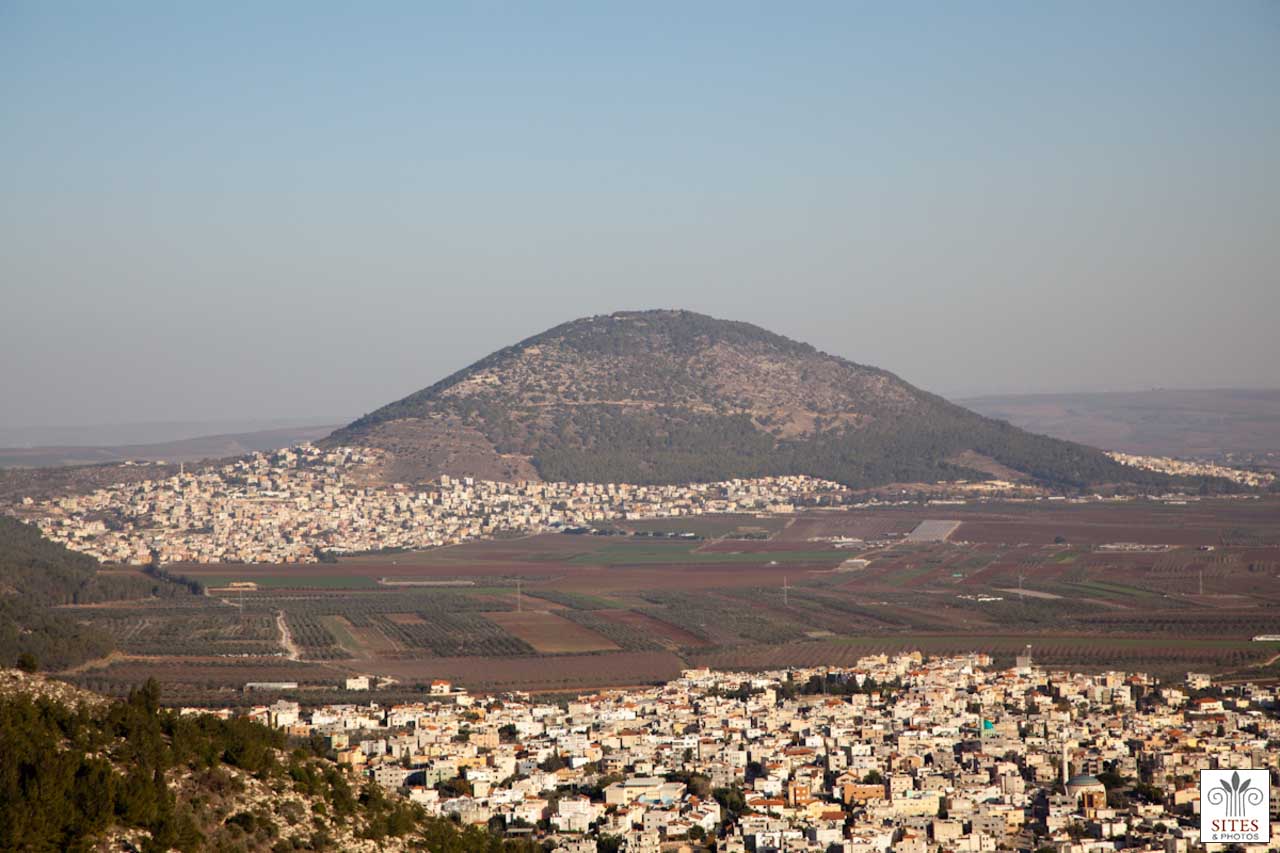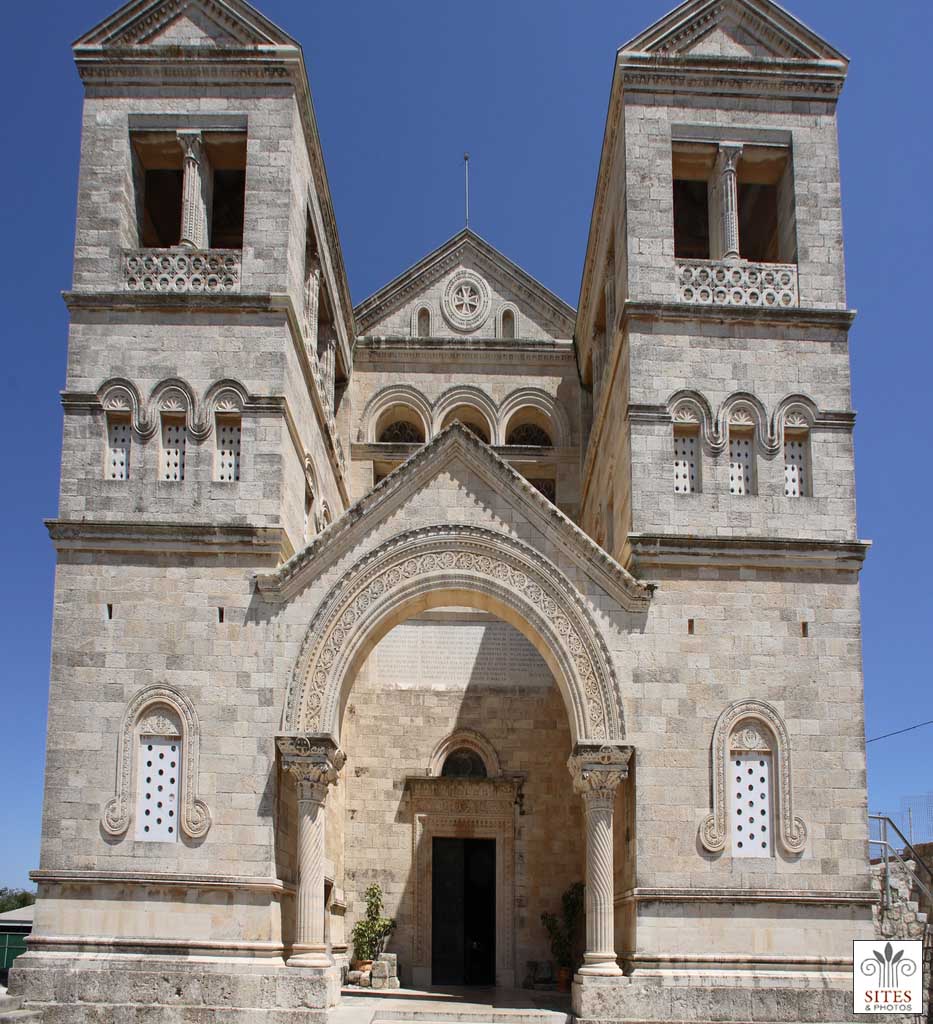Mount Tabor
“The north and the south, you have created them: Tabor and Hermon shall rejoice in your name.” (Psalms 89:12)
Mount Tabor is a dome-shaped mountain in Galilee in heart of the Jezreel Valley where Deborah and Barak led the armies of Israel.
“And she sent and called Barak the son of Abinoam out of Kedesh in Naphtali, and said unto him, Has not the LORD God of Israel commanded, saying, Go and draw toward mount Tabor, and take with you ten thousand men of the children of Naphtali and of the children of Zebulun?” (Judges 4:6)
Also the traditional site of the Transfiguration of Jesus. Although the name of the mountain is not mentioned in the Gospels it is believed by many that the Transfiguration took place on Mount Tabor.
“And after six days Jesus took with him Peter, and James, and John, and led them up into a high mountain apart by themselves: and he was transfigured before them.” (Mark 9:2)
Mount Tabor, rising to 1929 feet above sea level, commands the surrounding area and the routes alongside it, and was therefore considered strategically important in ancient times. In various periods it was a battleground: (in Ramesses II’s campaigns, for the Israelites versus the Midianites, in Deborah’s wars, for Alexander, son of Aristobulus II, and Gabinius and others).
History: The mountain was settled during the First Temple Period (the city of Tabor was given to the Levites). A fort was built here during the Second Temple Period, and even after the destruction of the Temple a Jewish community continued to reside here. During the Byzantine and Crusader Periods several monasteries were built here but were destroyed during the Arab conquest. In their place a large fort was built in 1213 which was destroyed in 1263 by the Mamluks.
According to Christian tradition the Transfiguration of Jesus took place on the mountain. Jesus appeared miraculously to his disciples in the company of Moses and Elijah. Thus, Mount Tabor is also known as the Mount of the Transfiguration.
Today a Franciscan church – the Church of the Transfiguration – stands here. It was built in 1921 on the ruins of a 4th-century basilica. A mosaic of the Transfiguration decorates the apse. Alongside the church are remains of Roman fortifications, wall fragments, a Crusader tower and a Franciscan monastery with a Crusader gate.
Nearby is the Greek Orthodox Church of Elias (Elijah).
At the summit is a nature reserve.







